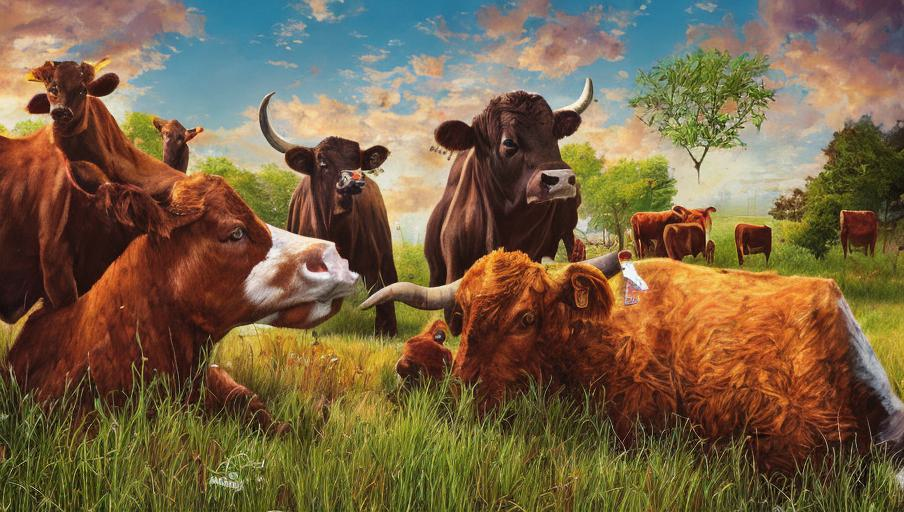Managing Cattle Herds Effectively

Introduction
Cattle are an important source of food, labor, and income around the world. To ensure that these animals are properly managed, it is important to have an understanding of the different types of cattle, their needs, and the management strategies best suited for them. This article will provide an overview of how to effectively manage cattle herds.
Cattle Breeds
Cattle come in a variety of breeds, each with different characteristics. Some breeds are well-suited to specific climates and environments, while others are more general-purpose. When establishing a herd, it is important to consider not only the needs of the cattle, but also the needs of the land and the environment the herd will be living in. This can help ensure that the herd is productive and efficient.
Feeding Habits
Cattle require a balanced diet that contains a mix of grains, hay, and grasses. Forage should be provided in the form of hay or pasture, depending on the type of cattle and the environment they are living in. In addition, it is important to provide adequate water, minerals, and vitamins in order to ensure the health of the herd.
Health and Well-Being
Regular health checks are an important part of managing a cattle herd. Vaccines should be administered and any health issues should be treated quickly and effectively. In addition, it is important to provide the cattle with adequate shelter, especially in colder climates. Proper management of the herd will help to ensure that the animals remain healthy and productive.
Herd Management
It is important to have a plan for managing the herd. This includes determining when the herd will be moved, where they will be moved, and what type of feed and forage will be provided. In addition, it is important to consider the size of the herd and the needs of the land in order to avoid overgrazing. Having a plan in place will help to ensure that the herd is managed effectively and that the land remains productive.
Conclusion
Managing a cattle herd effectively requires an understanding of the different types of cattle, their needs, and the management strategies best suited for them. It is important to provide the cattle with a balanced diet, adequate shelter, and regular health checks. In addition, it is important to have a plan for managing the herd, including when and where they will be moved, and what type of feed and forage will be provided. Following these tips will help to ensure that the herd remains healthy and productive.





